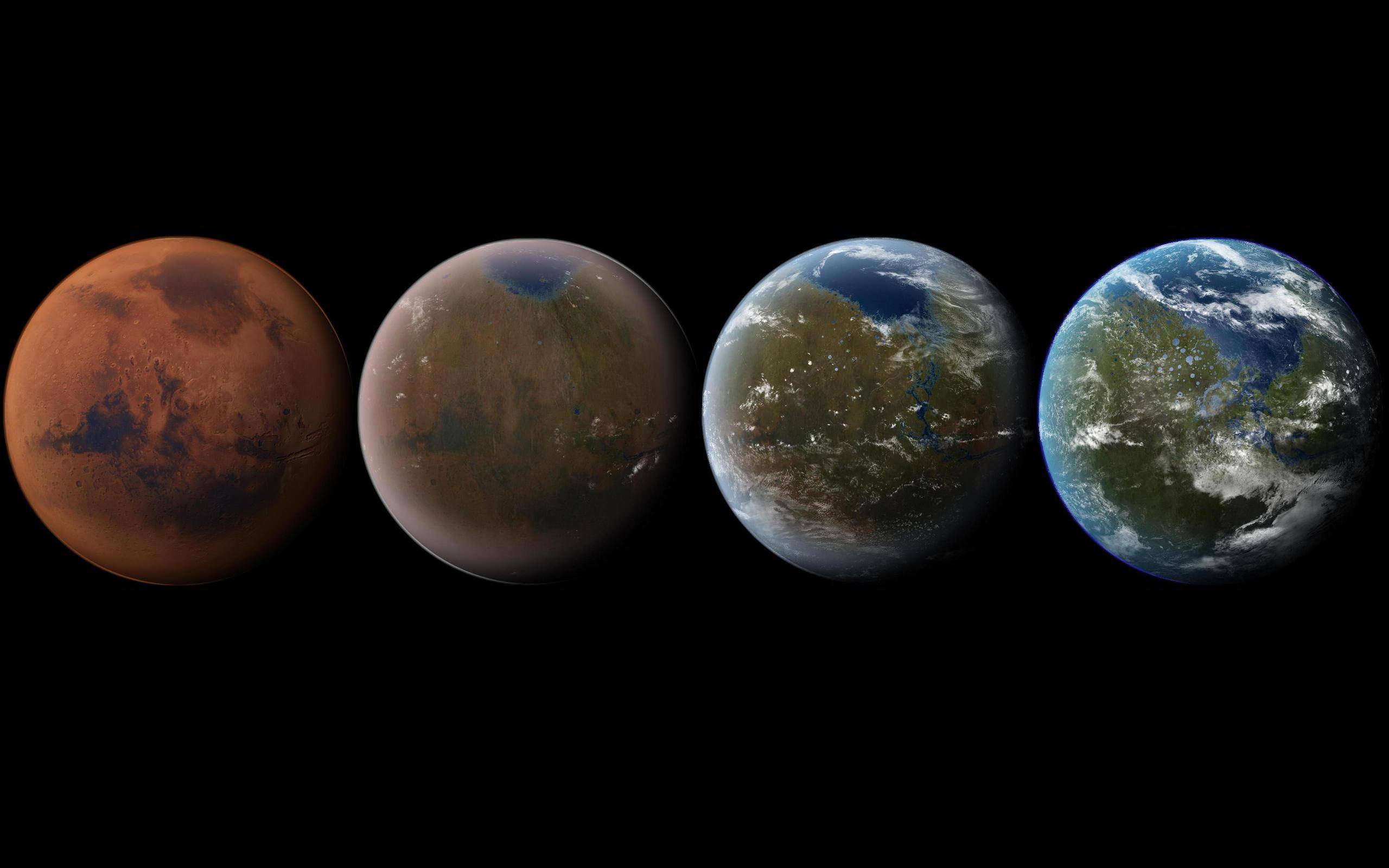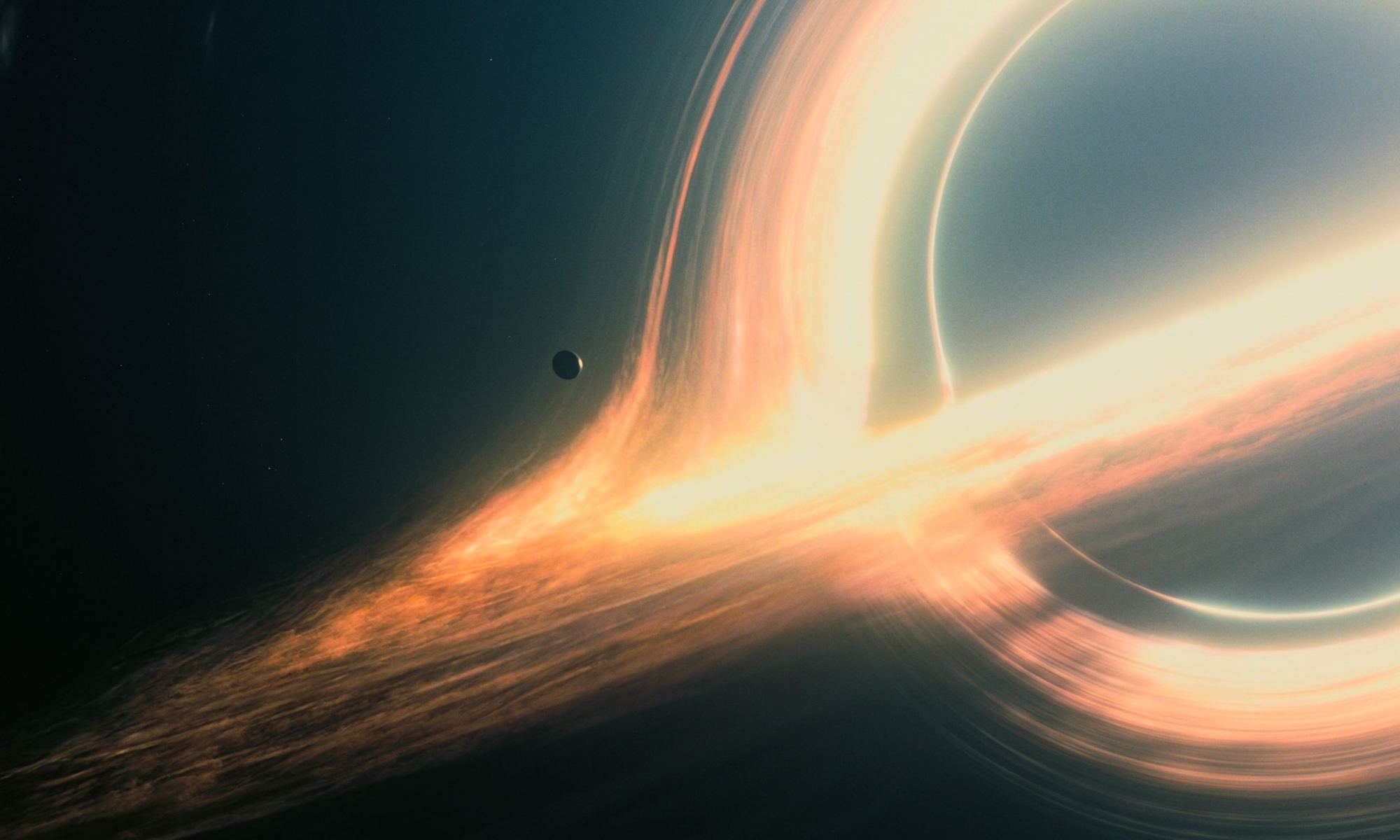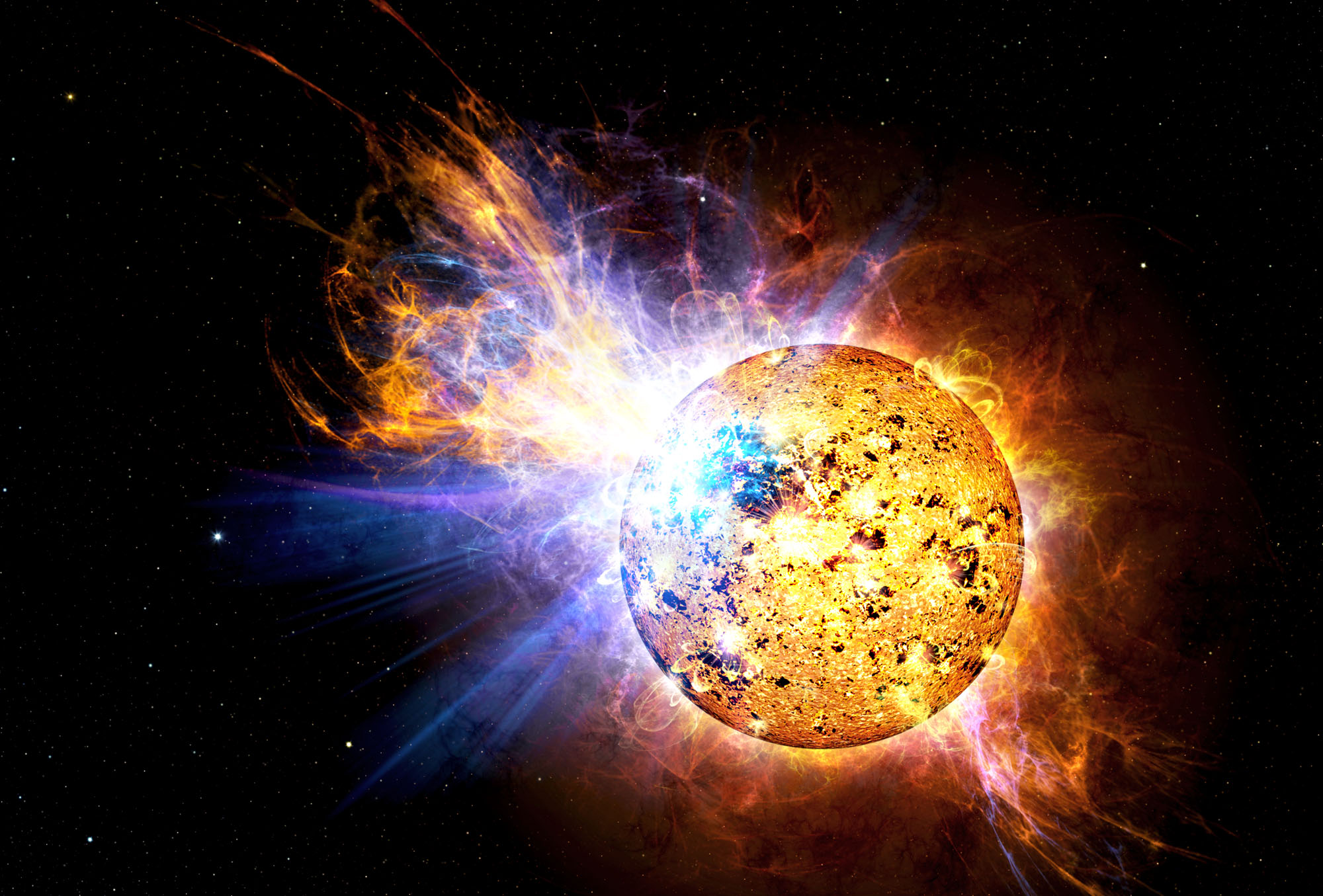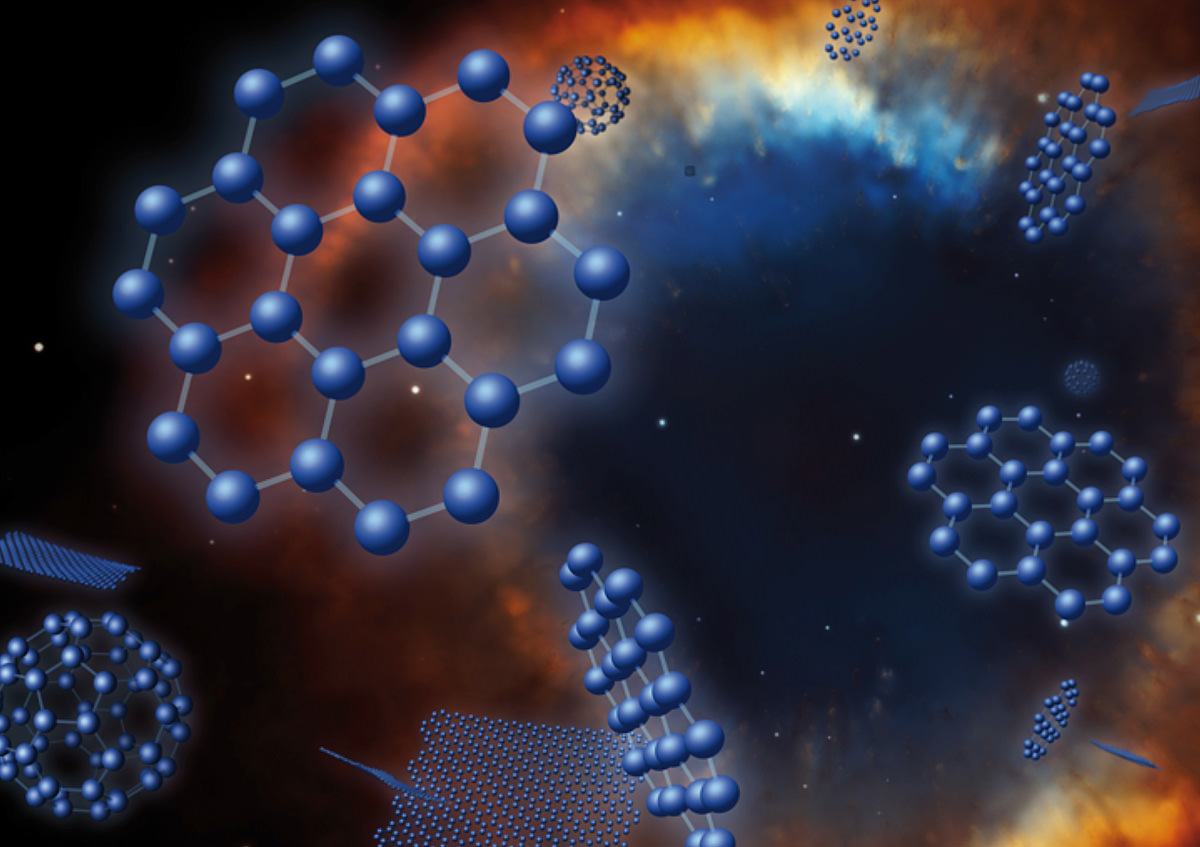On Sept. 26th, 2022, NASA’s Double Asteroids Redirect Test (DART) collided with Dimorphos, the small moonlet orbiting the larger asteroid Didymos. In so doing, the mission successfully demonstrated a proposed strategy for deflecting potentially hazardous asteroids (PHAs) – the kinetic impact method. By October 2026, the ESA’s Hera mission will rendezvous with the double-asteroid system and perform a detailed post-impact survey of Dimorphos to ensure that this method of planetary defense can be repeated in the future.
However, while the kinetic method could successfully deflect asteroids so they don’t threaten Earth, it could also create debris that might reach Earth and other celestial bodies. In a recent study, an international team of scientists explored how this impact test also presents an opportunity to observe how this debris could someday reach Earth and Mars as meteors. After conducting a series of dynamic simulations, they concluded that the asteroid ejecta could reach Mars and the Earth-Moon system within a decade.
Continue reading “Debris from DART could Hit Earth and Mars Within a Decade”









